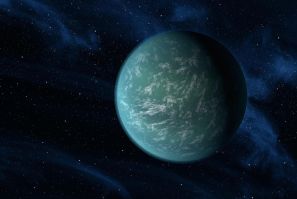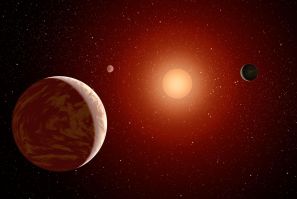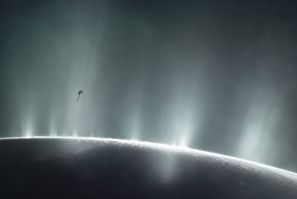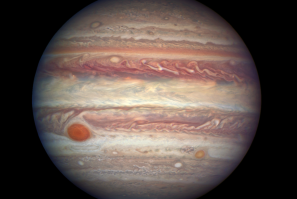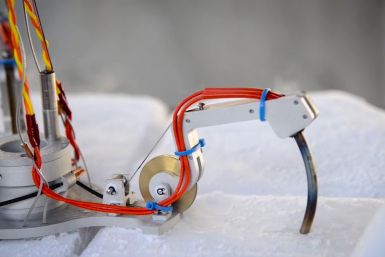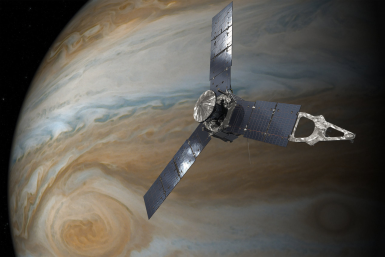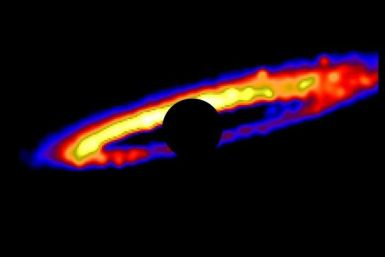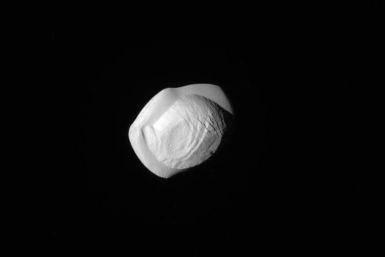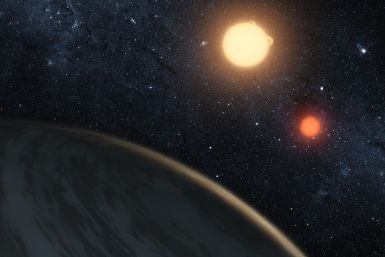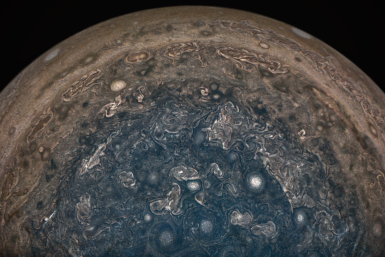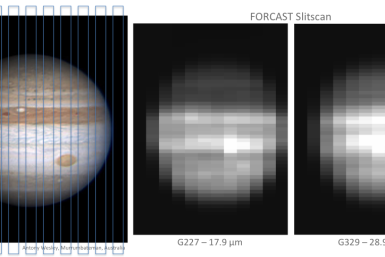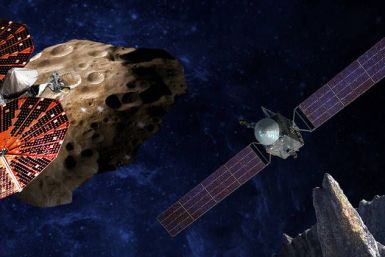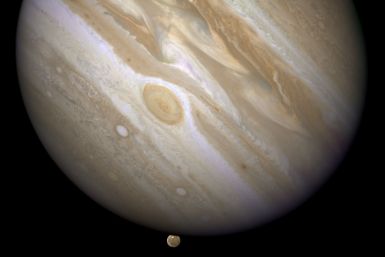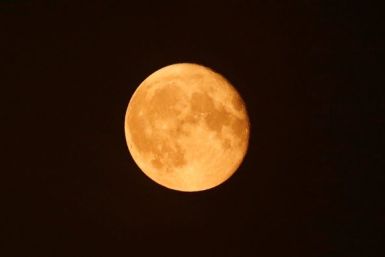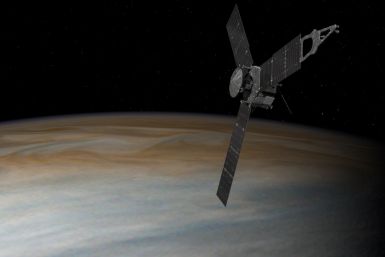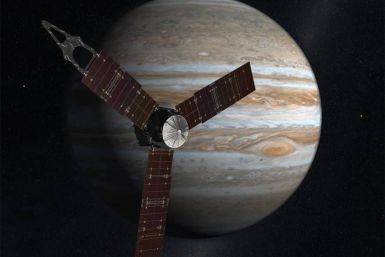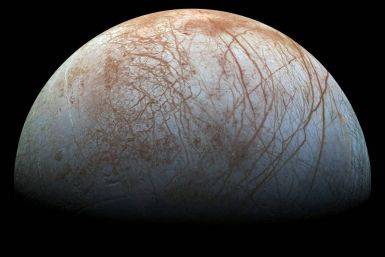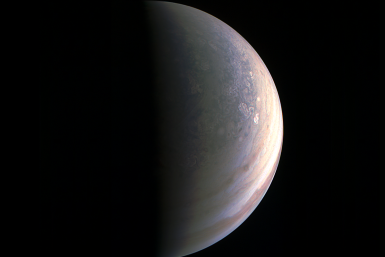A fleet of robots that could one day travel to other planets and moons looking for aliens are packed with tools like buzzsaws and catapults.
During the flyby, scheduled to take place at 4:52 a.m. EDT Monday, the solar-powered spacecraft would soar about 2,700 miles above the gas giant's cloud tops.
There’s a new brown dwarf in town, and it’s the biggest you have ever seen.
The mission involves putting a spacecraft — the Jupiter Icy Moons Explorer — in orbit around the gas giant and its massive moon Ganymede.
A large young planet, called HD 106906b, is about 11 times the mass of Jupiter and less than 13 million years old, and orbits its star once every 1,500 years.h
The unusual shape of the satellite was discovered by NASA’s Cassini spacecraft, which photographed the moon earlier this week.
The renowned astrophysicist had some unique suggestions for what to name the seven planets.
NASA is set to unveil a new planetary discovery, but debate still persists about what qualifies as a planet.
The space agency dropped its plan to fire the spacecraft’s main engine, a risky maneuver that would have reduced the orbital period to 14 days for its fifth flyby of Jupiter.
During its closest approach at 7:57 a.m. EST Thursday, the spacecraft will pass roughly 2,670 miles above the gas giant’s cloud tops.
The image was taken from a distance of over 285,000 miles on Dec. 11, when the solar-powered spacecraft performed its third close flyby of the gas giant.
Until now, such observations were only possible from space-based missions such as Cassini, Voyager, and most recently, Juno.
NASA reveals dual robotic missions, named Lucy and Psyche, which will study asteroids in our solar system.
A team of researchers, using computer models to simulate the formation of a rare class of meteorites, has provided clues to when the gas giant formed.
During Sunday’s flyby, when the spacecraft will pass just 2,580 miles above Jupiter’s cloud tops, seven of its eight science instruments would be switched on.
The payloads would be used to help NASA's overall goal to put people on Mars.
Just 13 hours before it was scheduled to make a close flyby of the gas giant, the NASA spacecraft went into safe mode. It has since rebooted successfully.
NASA delays a planned maneuver after engine problems arise.
The Juno spacecraft captured radio emissions that translated into ghostly sound from Jupiter's auroras.
NASA scientists told reporters Monday that they've reaffirmed icy plumes on Europa.
NASA plans on detailing new observations from photos taken of Jupiter's moon.
The images, captured during Juno’s first flyby of the gas giant, show chaotic storm systems and weather activity unlike anything seen on the other gas giants of our solar system.



